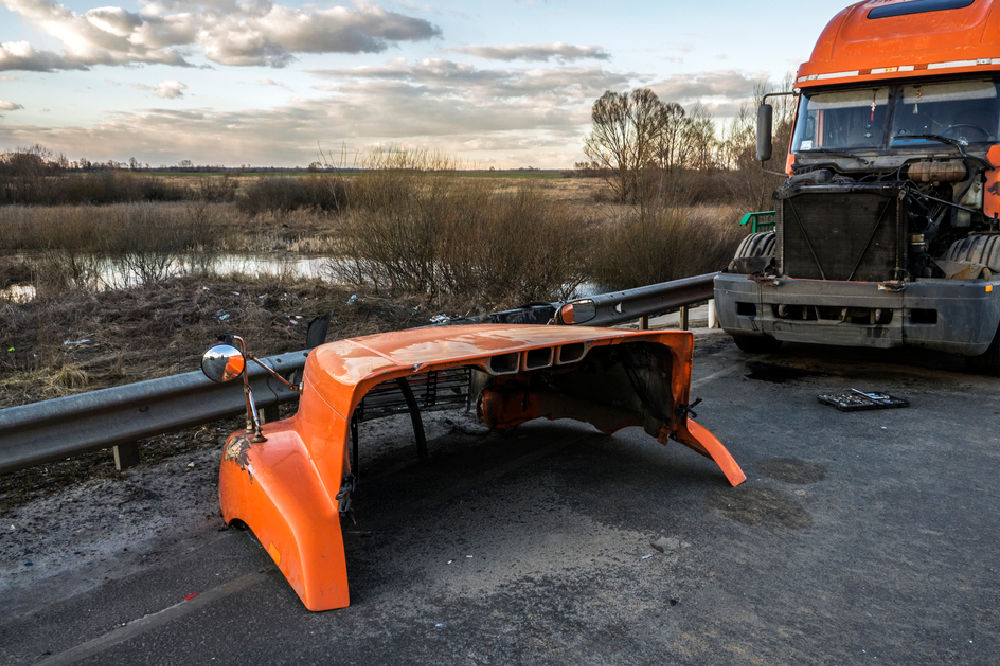Accidents involving semi-trucks frequently leave destruction in their wake. These big, heavy, and frequently rapid-moving trucks can be quite challenging to stop. Multiple automobiles are frequently involved in these accidents, raising significant responsibility issues. Sadly, many survivors of semi-truck collisions may sustain severe and life-altering injuries.
Black boxes can give investigators crucial information about how and why these incidents happened. Unfortunately, without the assistance of an accomplished truck accident lawyer, obtaining and studying a black box recorder is rarely possible. In this blog, we discuss what the black box is and how it can help you in your Indiana semi-truck accident case.
What Is the Black Box?
Officially named an EDR (event data recorder), these automobile black box systems for accident analysis are mandatorily installed into semi-trucks and can record information about a vehicle before, during, or immediately after an accident. They are usually part of a truck’s airbag or powertrain control systems. Black boxes are a crucial safety innovation that was originally only employed in the aviation sector. The industry embraced black boxes due to the alarmingly high number of semi-truck accidents and the significant amount of damage they create. Black box recorders capture all relevant details regarding specific transportation journeys, including radio communications between truck drivers and dispatchers, driver actions, and the operation and use of various mechanical systems, among other things.
What Do EDRs Record?
Black boxes were originally made to monitor the metrics used to signal airbag deployment, which is why they are connected to the airbag system. So does a black box record an accident? EDRs collect two types of data:
- Non-deployment event – No airbags were deployed but both pre- and post-crash data are recorded.
- Deployment event – Airbags were deployed and data was collected before and during the accident. Depending on the extent of the damage to the vehicle, some post-crash data may also be collected.
These units may record anywhere between 15 or more variables 20 seconds before the crash and 5-10 seconds after impact. The information recorded may include things like:
- Speed
- Acceleration
- Engine RPM
- Steering
- Crash force
- Crash duration
- Brake activation
- Seatbelt use
- Position of front seats
- Number of impacts
- Airbag deployment
- Throttle position
- Steering angles
- Tilt of vehicle
Why Is It So Difficult to Access Information Stored In an EDR?
The commercial trucking corporation that owns the semi-truck retains ownership of the black box recording, as well as whatever data it gathers and stores. Most trucking businesses are reluctant or simply refuse to release this material because of the clear conflict of interest.
Additionally, unless particular legal procedures are taken, they are not required to divulge this information to victims of truck accidents. Trucking businesses rarely exchange black box data unless they are required to by law. This data is sufficient to demonstrate that truckers were operating their vehicles at excessive speeds, in an irregular manner, or even while asleep.
Common Tactics Used to Conceal or Destroy EDR Information
Companies will go to great lengths to hide or destroy evidence to avoid taking responsibility for an accident, even if they think they may only be partially to blame. This occasionally entails placing responsibility for the accident on the real victim. Sadly, even though black box data is very reliable evidence, it isn’t preserved forever.
Waiting until a device clears itself of outdated recordings is one of the most popular techniques employed by trucking companies to avoid releasing truck black box recording information. A lot of event data recorders only keep records for 30 days and even less on some devices. Drivers either erase or replace outdated data after this point.
Additionally, there are instances in which trucking companies hurriedly fix trucks to get them back on the road. Critical forensic evidence like dents, dings, faulty brake systems, severe tire wear, or paint damage can be destroyed during repair processes. More importantly, throughout this procedure, black box data may occasionally be overwritten or erased.
Contact an Indiana Truck Accident Lawyer Today
Our Indianapolis truck accident lawyers are equipped with the knowledge and resources to help you with your claim and advocate for your best interest. To schedule a free consultation with our reliable team, dial (317) 401-8626 today. Or contact us online.

 317-401-8626
317-401-8626 
.jpg)